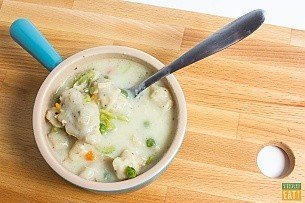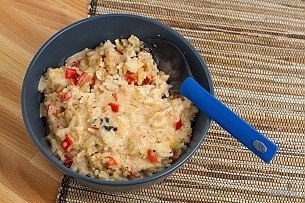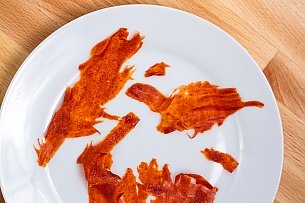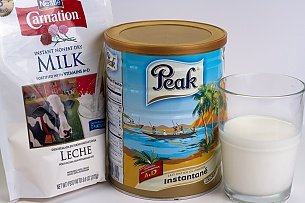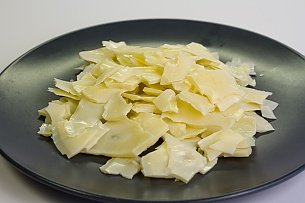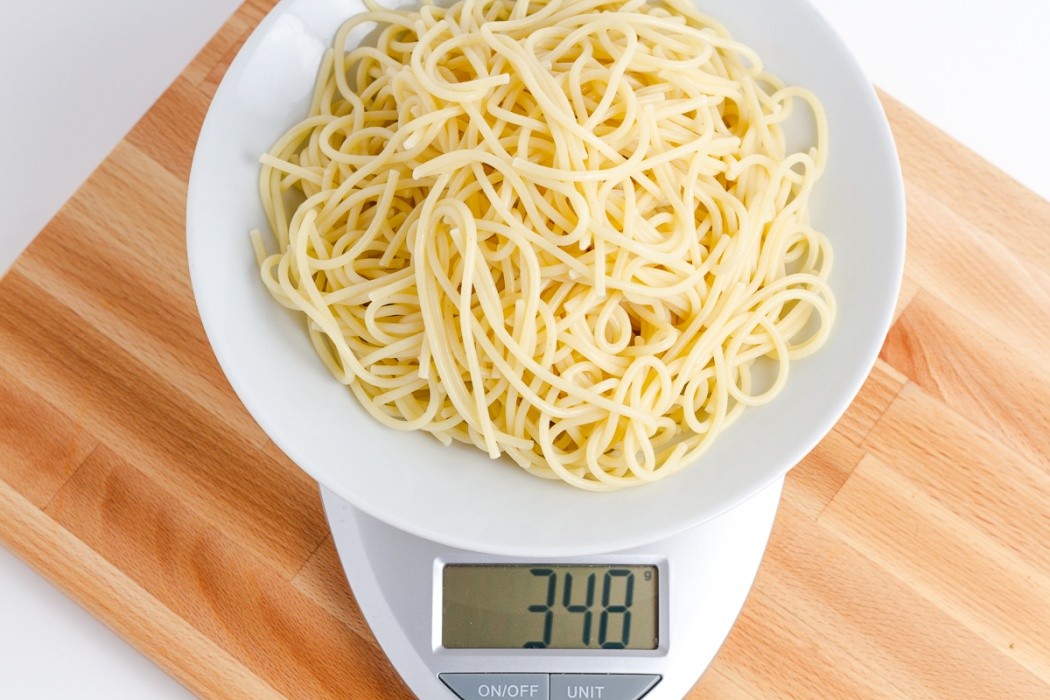
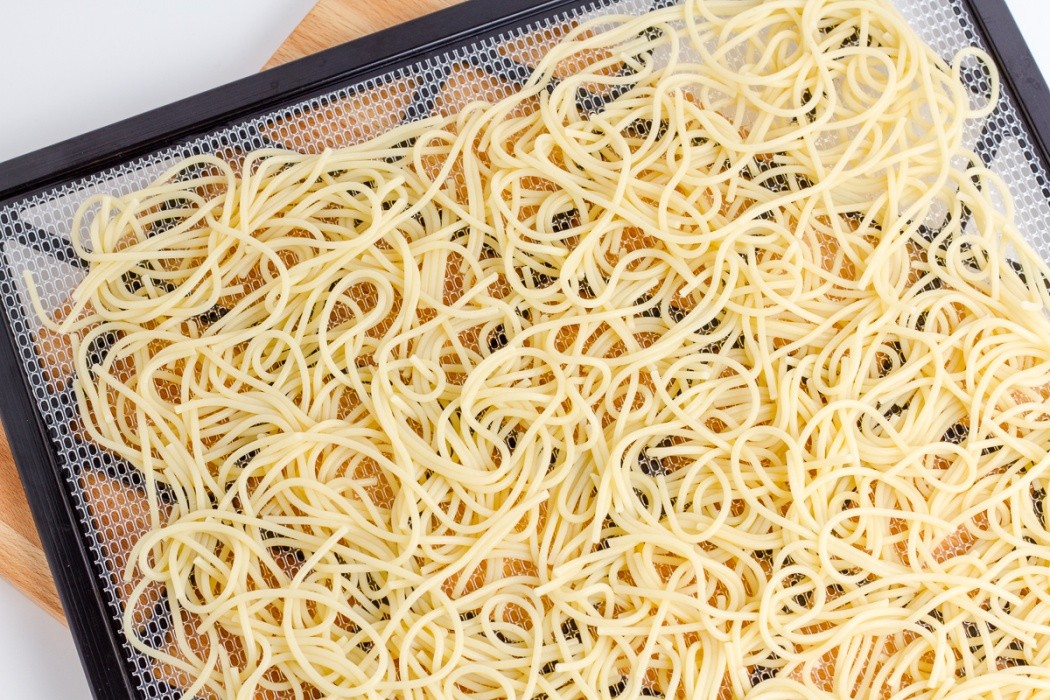
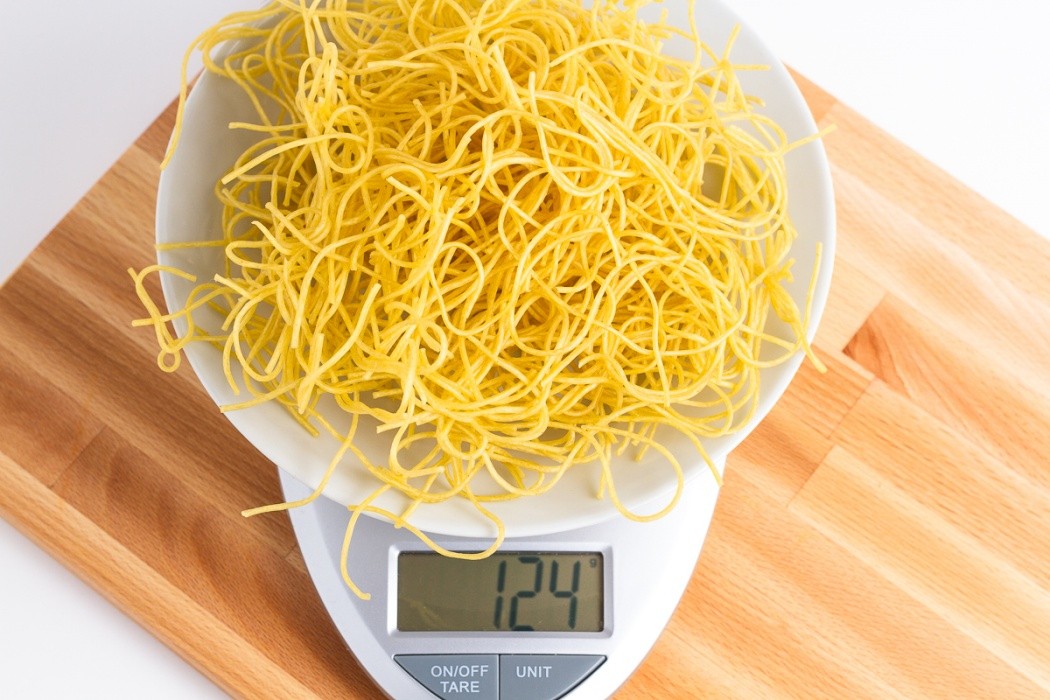
Temperature
135°F
Dry Time
8-10 hours
Wet Weight
348 grams
Dry Weight
124 grams
Notes / Directions
- Cook spaghetti noodles slightly beyond al dente to speed up rehydration time.
- Break raw noodles in half or thirds before cooking to prevent large clumps of dried noodles.
- Half way through drying, flip the noodles over and break apart any obvious moist areas.
- When dry, noodles will form one solid sheet, you will have to break it into smaller manageable pieces.
- Putting noodles in a salad spinner before loading into dehydrator will remove excess water and speed up dry time.
- Do not add any sauces or meats, those items should be rehydrated seperately for best pasta results.
- Consider double bagging or cushioning your storage bag with paper towels; the ends of the noodles will cause punctures very quickly
